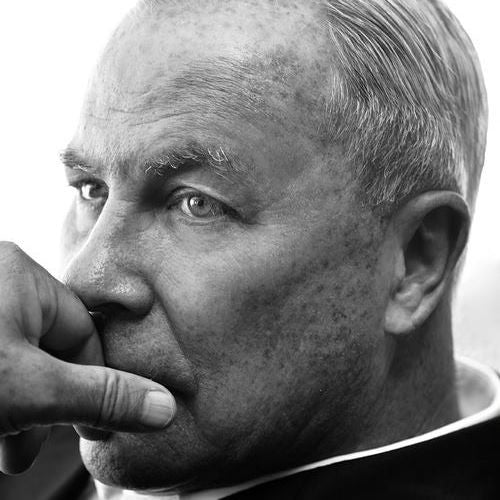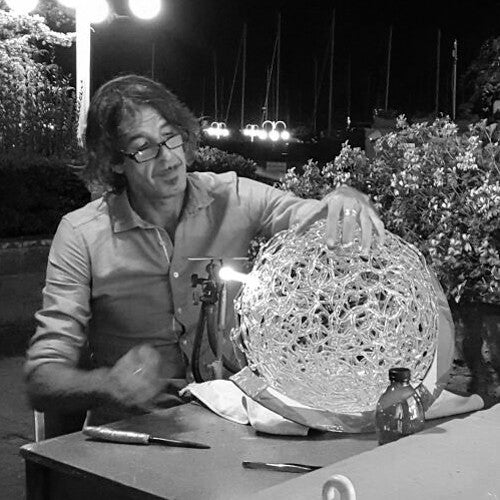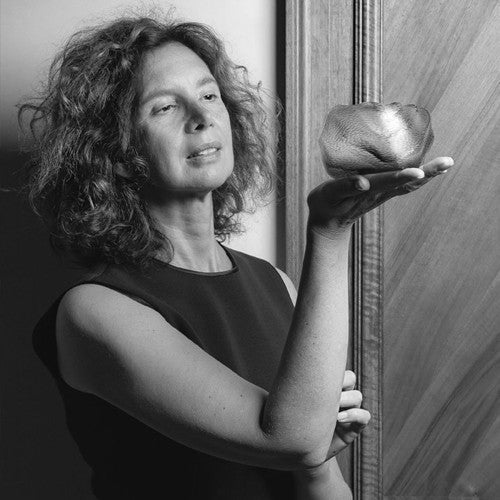Wilson, Bob (owner Robert). - Born in Waco 1941.
After studying architecture, he devoted himself to theater in the Byrd Hoffman School of Byrds in New York, working on the recovery of brain-damaged children.
From this experience was born Deafman's glance (1970), which immediately imposed him as the most original director of the new generation.
Wilson proposed a static and contemplative theatre, in which emotion and poetry arise from a particular perception of time and images. In subsequent shows W. has included fragments of text and music by Ph. Glass, with whom he began a long collaboration: A letter for Queen Victoria (1974) and especially Einstein on the beach (1976), perhaps his masterpiece, are shows of hypnotic suggestion. In the eighties and nineties W. he approached institutional theatre, staging classics (King Lear, 1990; Hamlet, 1993), contemporary authors (Hamletmachine by H. Müller, 1986), literary works (Orlando by V. Woolf, 1989 and 1993; I La Galigo, by Sureq Galigo, 2004), musical comedies (The black rider, 1990). His opera direction is important and innovative (Alceste by Gluck, 1986; Le martyre de saint Sébastien by Debussy-D'Annunzio, 1988; Lohengrin and Parsifal by Wagner, 1991; Madame Butterfly by Puccini, 1993; The castle of Prince Bluebeard by Bartók, 1995).
Robert Wilson designer
There are only two lines in the world: straight and curved.
You’re making a decision, but there are only two lines.’
So says Robert Wilson before the vernissage of his glass artworks, which debuted at Laffanour Galerie Downtown during a week filled with FIAC-related exhibitions. If the renowned stage director, designer and visual artist has made this statement in the past, it feels especially apropos in the context of these vessels, each one a unique expression of material, composition and gesture.
Unlike Wilson’s avant-garde theatrical productions, there is no movement here. Yet the glossy, swirling black cylinders, powdered translucent truncated pyramids turned upside down, bowls glowing turquoise from within and elongated domes as impermeably opaque as granite all contribute to a scene of dynamic figures. ‘People think of glass as light and transparent; but I was also thinking the opposite,’ he explains, describing his initial intention as ‘dark, non-transparent, heavy’.
The earliest versions date back to 1994 when he was welcomed into the workshops of the Cirva - Centre International de Recherche sur le Verre et les Arts Plastiques .
He observed master glass maker Lino Tagliapietra from Murano and would propose ideas as free-form drawings.
Until 2005, he spent time realising new variations. ‘I kept trying to contradict myself,’ he says. Some may register more finished than others; Wilson maintains that, at the time, he wasn’t concerned with whether they would be exhibited.
But now that they are, he notes how each brings him back to a personal moment that exists independent of the final shapes. ‘They have memory,’ says Wilson. Perhaps that’s why their titles – The Beach, Plato, Full Moon, Black River, Orlando, Friends, The Tree – sound at once so random and evocative.
During our conversation, Wilson, who recently celebrated his 75th birthday, began illustrating his thought processes, noting a consistent pattern of pure design, whether a Madame Grès dress, his lighting for Einstein on the Beach, or the Richard Wagner opera Parsifal.
As someone who seems to fluidly shift between creative expressions, he suggests that, fundamentally, his body of work projects the same considerations of structure and light. ‘I think an artist’s work is like that; whether you’re writing a play or writing an opera or making a drawing or making your piece of glass, it’s all a part of one thought process,’ he says, ‘It can take different forms, different manifestations; you can get older but it’s still the same body.’
Anyone visiting the Left Bank gallery would not be wrong to assume Wilson oversaw the scenography. Credit, however, goes to gallerist François Laffanour.
Within the darkened space, the groupings appear at waist-level, spread out across stages without any formal or thematic arrangement; directly above, the ceiling has been lowered, dramatically tightening the spaces and concentrating the light. Wilson seemed delighted to be relieved of the responsibility, musing, ‘I couldn’t have done such an interesting installation’.
Wilson and Murano
In his career Robert Wilson has collaborated with several excellences in Murano. Among which we remember:
Andrea Pagnes
ARS Murano
Cristiano Balbi
Pino Signoretto
Valter Rossi
Wilson and Murano:
credits to: https://www.wallpaper.com
cirva
C.I.R.V.A.






コメントを書く
全てのコメントは、掲載前にモデレートされます
このサイトはhCaptchaによって保護されており、hCaptchaプライバシーポリシーおよび利用規約が適用されます。